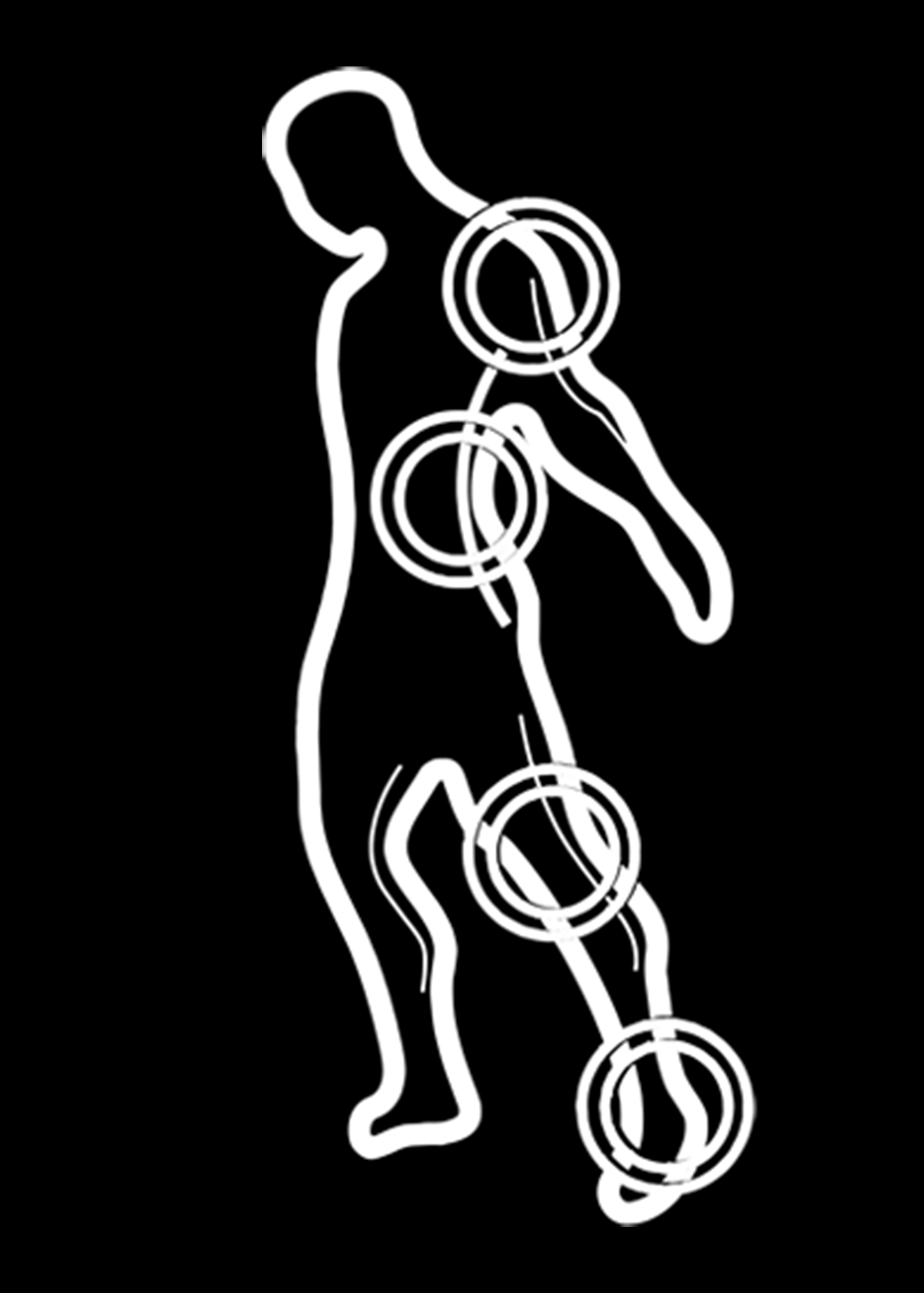In today's busy world, we sometimes neglect the important things in life. One of the most obvious items of neglect is our bodies. We lift heavy objects with no regard to the spine. We sit all day with no reverence of the hips and how important keeping them mobile and flexible. Just the prolonged sedentary positions we keep ourselves in alone can have such devastating effects (see "The Health Hazards of Sitting" by Bonnie Berkowitz and Patterson Clark). One of the most common bad postures we stay in is "flexion". For the purposes of this article, "flexion" is a bending position of the joint. Here are some day-to-day examples of the over-excess of flexion we can unknowingly find ourselves in:
1) Sitting at a desk - for those of us with desk jobs, not only are we keeping our hips flexed for prolonged periods of time, most of us tend to slouch a little and keep the low back in a flexed position. This puts stress on our discs or "spine cushions" of the spine, leading to disc protrusions and herniations.
2) Lounging in the Lazy-Boy - putting your feet up and relaxing in that dreamy chair can have hellish effects on your spine and pelvis. While most people tend to find relief of back pain in these chairs, it is nothing but a short term relief. Actually, keeping your legs elevated will rotate the pelvis and shorten the hamstrings. Keeping our hamstrings shortened for prolonged periods will now leave us with tight hamstrings, the enemy of a healthy back.
3) Sit-ups - Getting ready for the summer? Want to get beach-ready abs? Crunches will get you there, but at the cost of your thoracic. Most crunches target the upper abdominals and can lead to thoracic kyphosis or in plain terms, a hunchback.
Now how do we maintain extension or an upright posture or reverse the flexion-induced damage we have spend most of our lives in? Let's take a cue from the development of a baby. Lying on our stomach can help promote an upright posture. Just as a baby can only tolerate this short periods of time, so too us adults should not be in this position for too long, especially in the geriatric population. Before starting this, you should check with your physical therapist on ways to limit compression on the neck as well as stretching your hip flexors to avoid too much lordotic pressure on the low back. If lying on the stomach is not right for you, discuss other "extension" avenues including certain postures in yoga or certain swimming strokes.
Dr. Joshua Mazalian, DPT, OCS, CSCS is the owner of JAM Sports and Spine in Los Angeles and specializes in sports and orthopedic physical therapy. You can reach him on Twitter @jamsportsPT and Facebook as well as email at info@jamsportsandspine.com

